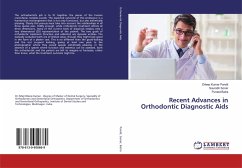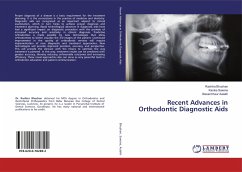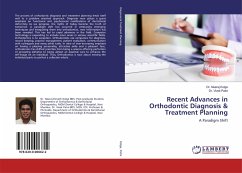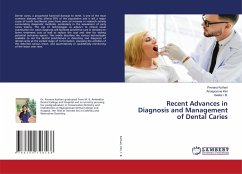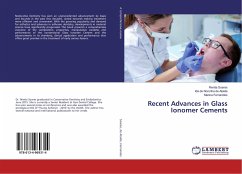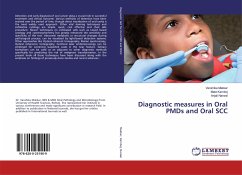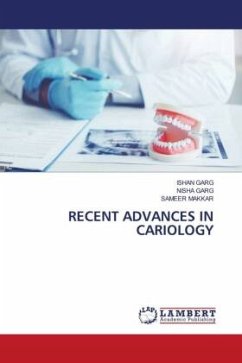The orthodontist's job is to fit together the pieces of the human craniofacial complex puzzle. The expected outcome of this endeavour is a harmonious rearrangement that is not only functional, but also esthetically pleasing. Clearly this process must take into account the relationships in all three spatial axes. Oddly enough, while orthodontic treatment affects all three dimensions, many of the current tools of diagnosis employ only a two dimensional (2D) representation of the patient. The two goals of orthodontic treatment (function and esthetics) are dynamic entities. The statically occluded teeth are of limited value, though they might look good in the form of a plaster cast. This is no different than the good-looking and the not so-good looking, giving at least one pose to the photographer where they would appear esthetically pleasing. In the absence of a system where function and esthetics can be assessed, both the orthodontist and the patient are left to imagine or fantasize, rather than know, what the treatment outcome might be.
Bitte wählen Sie Ihr Anliegen aus.
Rechnungen
Retourenschein anfordern
Bestellstatus
Storno

